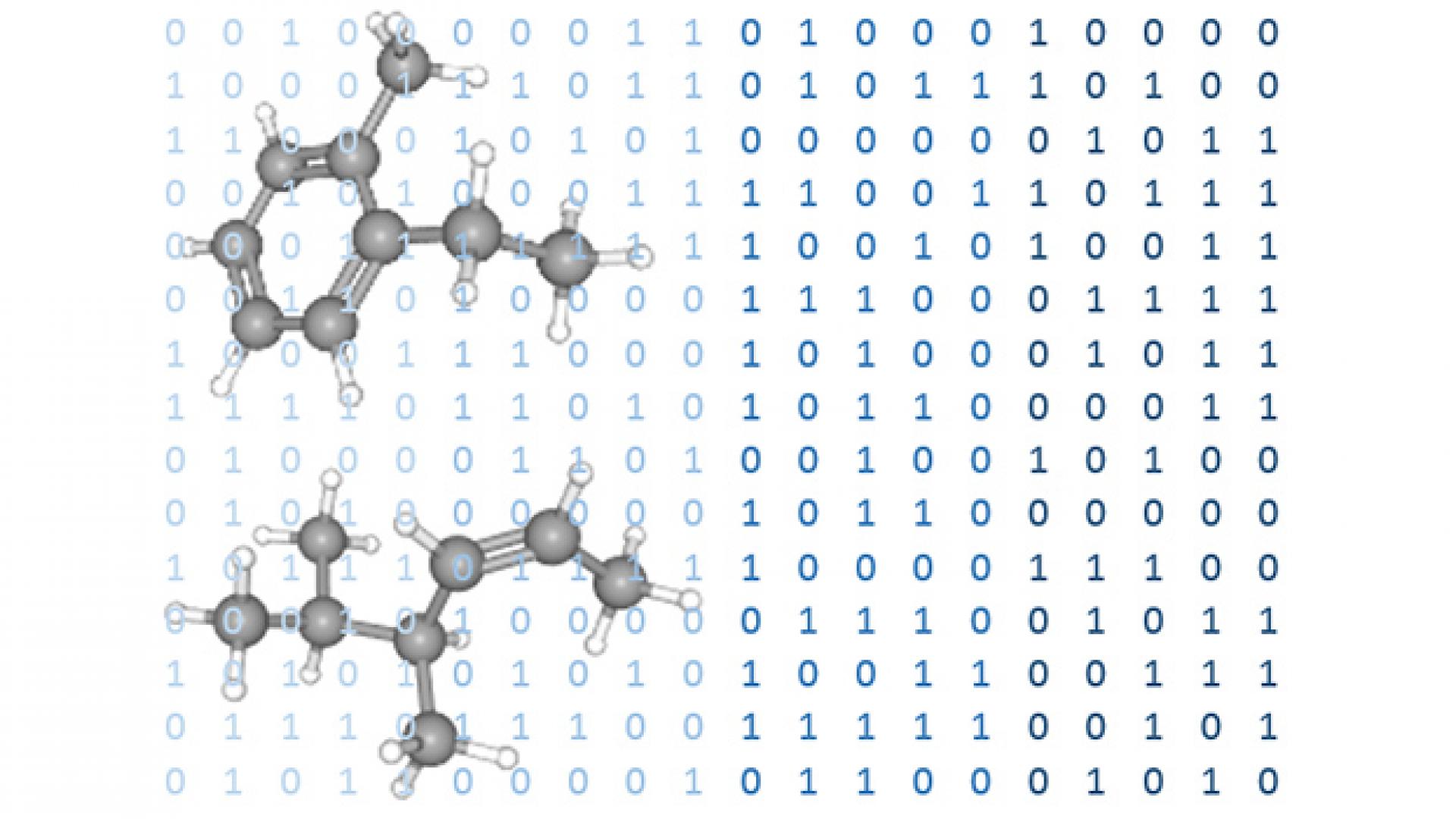© 2020 KAUST
Creating computers that can teach themselves how chemical structure dictates the fundamental properties of molecules and then using that knowledge to predict the properties of novel molecules could help to design cleaner energy and industrial systems.
KAUST researchers have developed a machine learning model that can analyze the structure of hydrocarbon molecules and accurately predict a property called enthalpy of formation. When it comes to estimating this property, the model already makes better predictions than conventional approaches, and its accuracy will only improve as more data is collected for the model to learn from.
"Data on molecular properties, such as enthalpy of formation, are essential for engineers modeling the kinetic mechanisms, or energy flows, of chemical reactions," says Kiran Yalamanchi, a Ph.D. student in the research group of Mani Sarathy, who led the research. “Kinetic mechanisms for hydrocarbon fuels are important for the development and optimization of engine designs and chemical reactors,” Yalamanchi says.
Generating the large sets of thermodynamics data required for kinetic mechanism modeling typically uses an approach called group additivity, which has limited accuracy. “Group additivity was developed in the mid-20th century, and the field of data science has advanced a lot in the last few decades,” Yalamanchi says.
So Yalamanchi and Sarathy approached KAUST computer scientist, Xin Gao, to apply machine learning to the problem. “Our initial study gave very promising results,” Yalamanchi says. “This potential helped us to push toward converging machine learning with generating thermodynamic data.”
Read the full article


